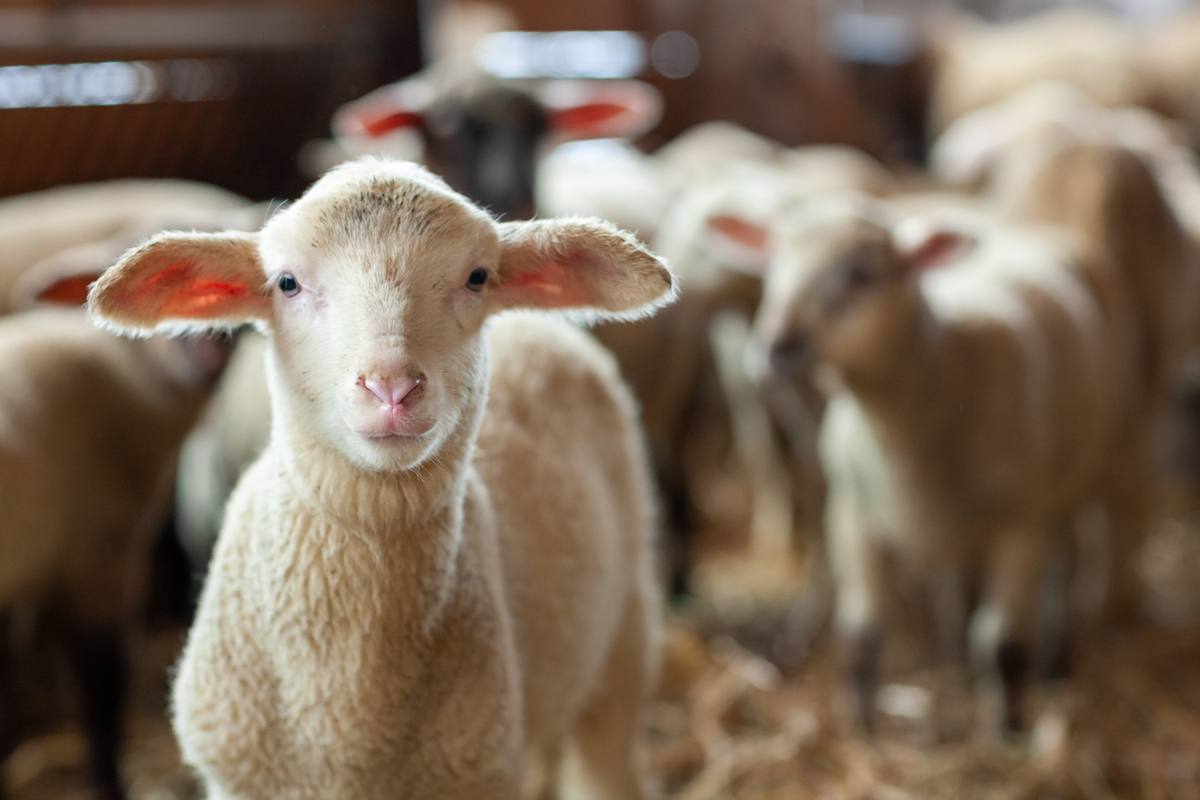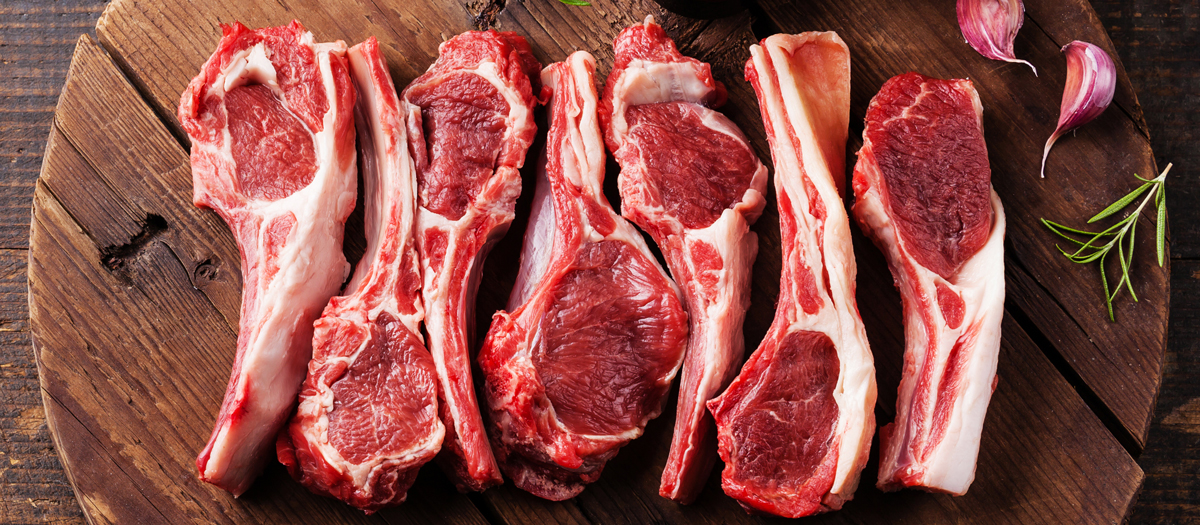
Flock Fallout: Plummeting Lamb Prices in Australia
Australia is facing a mighty hurdle as it prepares for a 23% surge in its sheep population, a direct fallout from the harsh 2020 drought. This surge has resulted in a surplus, triggering a significant drop in sheep prices.
The looming threat of scorching weather has set farmers on a frenzied dash to hasten the sale of their livestock. Projections paint a picture of the nation’s total sheep flock reaching a staggering 78.8 million in 2023 – a figure not witnessed since 2007 – all thanks to three consecutive years of rainfall that’s been better than the norm.
The demand for exports has taken a hit, and the breakdown of farmer-to-farmer trade has covered the market with sheep, creating a delicate supply-demand imbalance. According to data from Meat & Livestock Australia, cattle prices have taken a nosedive of almost 50%, while sheep prices are experiencing a substantial 37% decline.
In Western Australia, the predicament is further compounded by the government’s call to halt sheep shipments to the Middle East – a trade of significant importance for a state with less local lamb demand compared to regions like New South Wales or Victoria. The impact is acutely felt by Western Australian producers, grappling with prices dropping to as low as $1 or $2 per head.

Adding to the challenges is the prolonged discussion about an impending El Niño, which is expected to bring drier conditions, exacerbating the persistent effects of the recent drought. East coast farmers are actively working to reduce their stock numbers in a market currently facing difficulties.
Cattle prices are witnessing a downturn for similar reasons, and critical export markets with weakening economies are grappling with the task of absorbing surplus meat inventories. The outlook remains uncertain as stakeholders navigate through these complex dynamics.
In summary, Australia confronts a pivotal moment in its agricultural narrative, contending with the aftermath of the 2020 drought and an unprecedented surge in sheep numbers. This surplus has led to a marked drop in sheep prices, intensified by weakened export demand and disrupted farmer-to-farmer trade. The impact is profound in Western Australia, exacerbated by the cessation of sheep shipments to the Middle East.
As discussions about an impending El Niño persist, farmers, particularly on the east coast, adapt strategies in a market riddled with uncertainties. With cattle prices also in decline and export markets grappling with surplus meat amid economic challenges, stakeholders face an uncertain future, demanding resilience and adaptability.
Equipping the food industry to grow with food processing and packaging solutions
call 1300 88 99 51
email [email protected]
room 35 Shirley Way, Epping VIC 3076
room 9 Mcilwraith St, Wetherill Park NSW 2164
room 21 Hoyle Rd, Hope Valley WA 6165
room 27 Beal Street, Meadowbrook QLD 4131
room 7 Chadderton Bvd, Epping VIC 3076
room 22 Glassford Rd, Kewdale WA 6105
room 25 Hayton Road, Wigram, Christchurch 8042, NZ
Connect with us on LinkedIn
